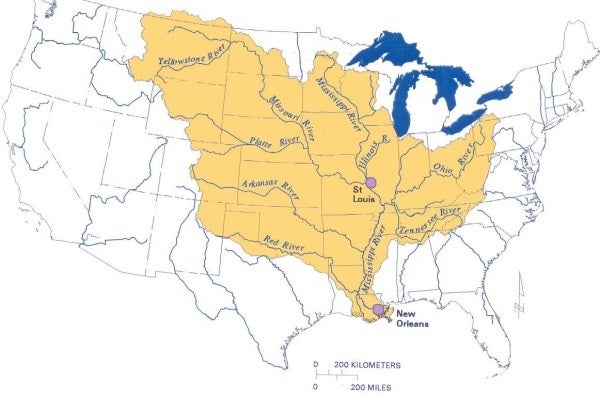By: Karly Kelso, Vrashabh Kapate, and Sarah Swain
Reposted from EDF’s Climate 411
COP30 in Belém, Brazil revealed a striking paradox for food systems. Pavilions buzzed with urgency as indigenous communities, local leaders, farmers, and youth demanded immediate action on nature and food. Yet formal negotiations told a different story: the final COP text mentioned food only once – with no mention of food systems as a whole – despite clear scientific consensus that sustainable agri-food systems are vital to move the needle on climate.
So, without perfect COP outcome text, how can we convert this on-the-ground momentum into results? One way forward is through the COP30 Action Agenda – the delivery track that organizes governments, development banks, companies, and civil society around shared priorities and moves projects into implementation when formal text doesn’t go far enough.
The Action Agenda clusters work around six thematic axes – including food and agriculture – and uses activation groups of small, convened teams to set near-term milestones, build pipelines, and get finance moving.












